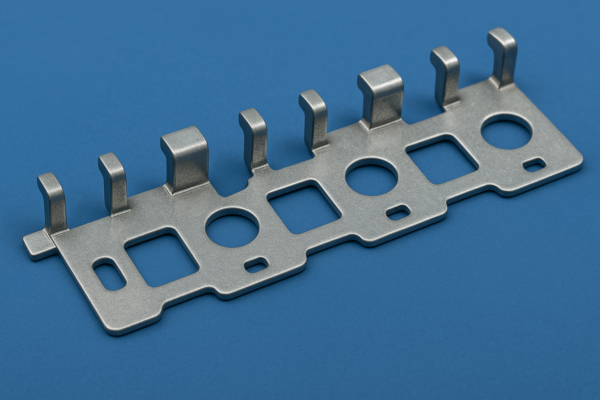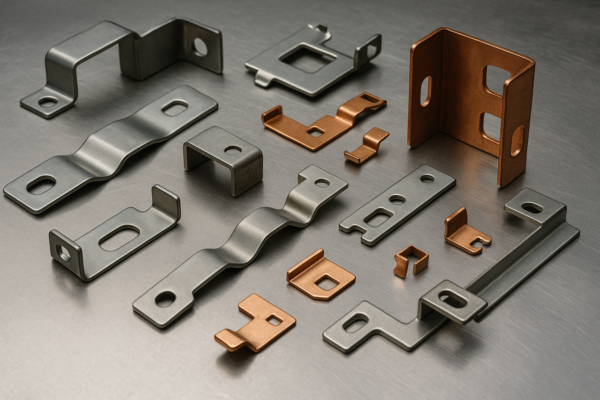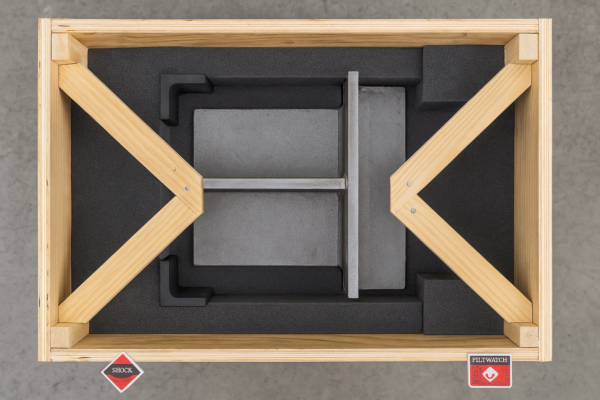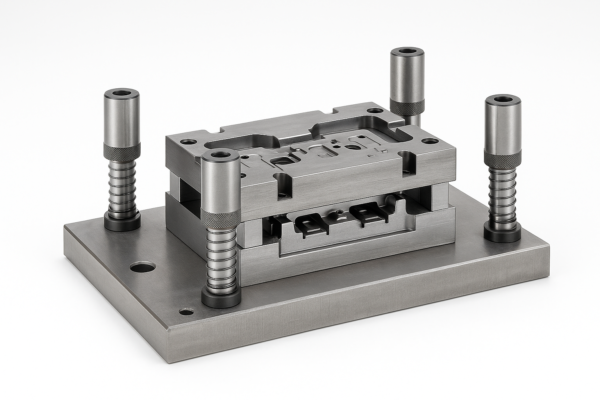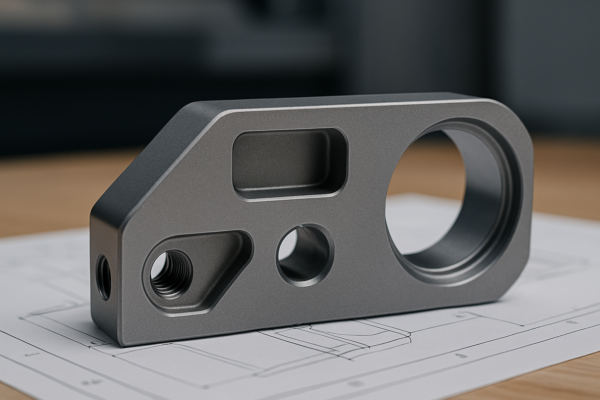What Is the Process of Plastic Stamping?
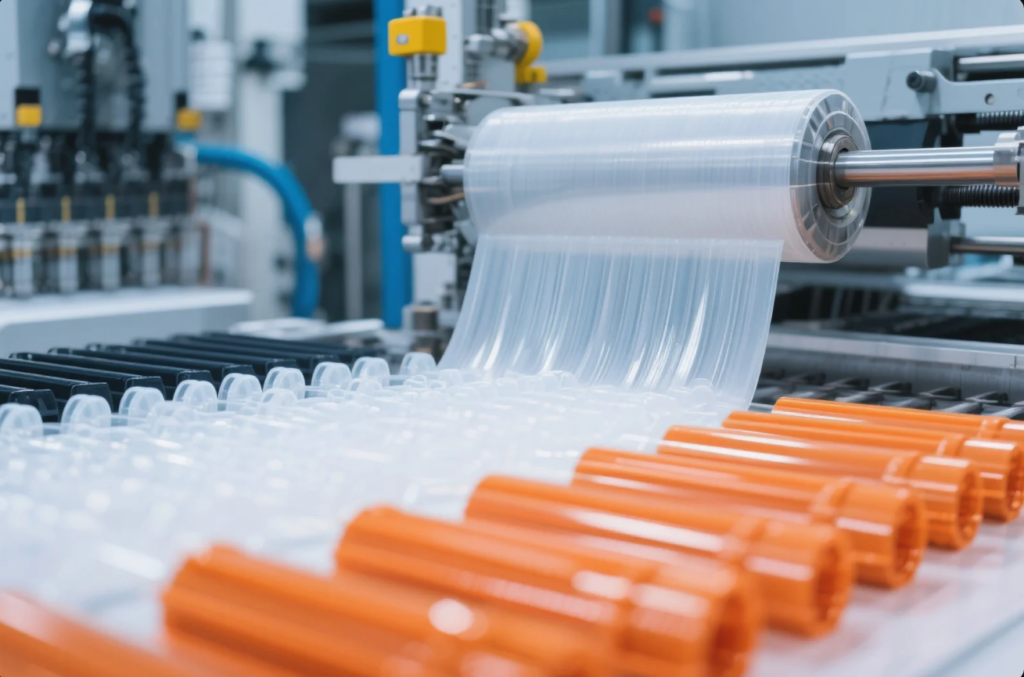
Plastic stamping is a fast, precise, and cost-effective way to create lightweight custom parts.
Plastic stamping is a manufacturing method used to shape or cut thermoplastic sheets using dies and presses. It involves steps such as material selection, die setup, heating (for hot stamping), pressing, trimming, and inspection.
This guide explores each stage of the plastic stamping process, from the fundamentals to hot stamping techniques, and helps you determine if it\’s the right solution for your product.
What Are the 7 Steps in the Stamping Method?
Finding clear guidance on how plastic stamping works can be frustrating. Many companies lack standardized processes, leading to inconsistent results.
The 7 steps of plastic stamping include material selection, cutting die preparation, sheet feeding, pressing, part trimming, inspection, and final packaging. Each step ensures dimensional accuracy and repeatability.
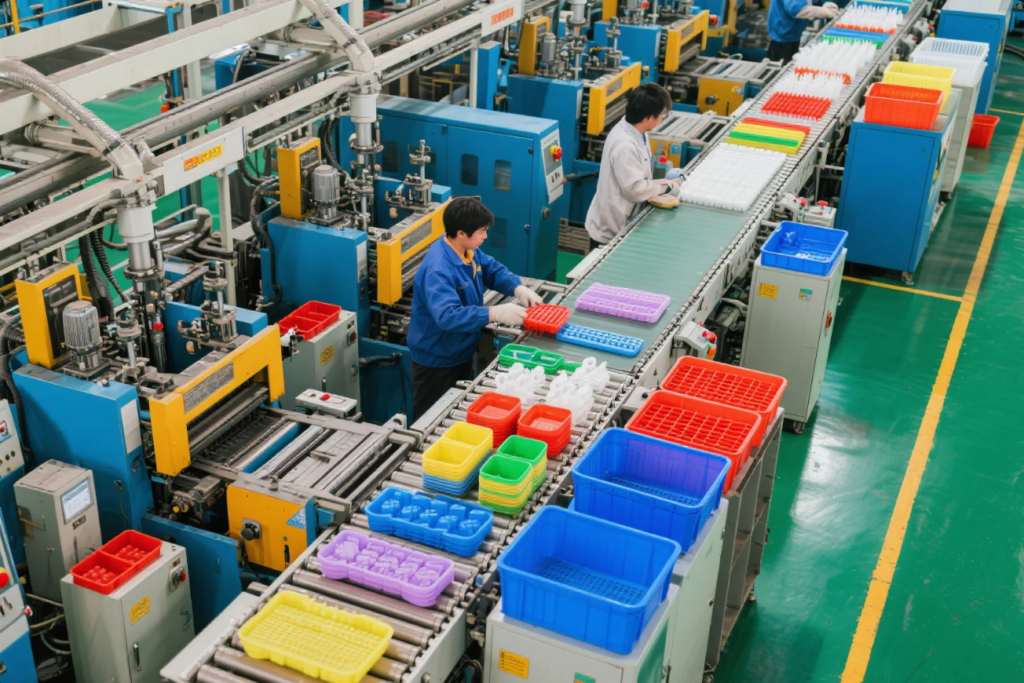
Detailed Overview of Each Step
Each of these steps is crucial to producing precision plastic components at scale.
The 7-Step Plastic Stamping Process
| — | ||||
|---|---|---|---|---|
| 1. Material Selection | Choose the right plastic sheet (e.g. ABS, PET, PP) based on thickness and durability | |||
| 2. Die Tooling | Create or prepare dies specific to the part shape | |||
| 3. Sheet Feeding | Load sheets into the press, manually or automatically | |||
| 4. Heating (if needed) | For thermoforming or hot stamping, preheat the plastic | |||
| 5. Stamping | Apply pressure to shape/cut the plastic with the die | |||
| 6. Trimming | Remove excess flash or burrs | |||
| 7. Inspection & Packing | Check dimensions, defects, then package for shipping |
When we worked on an automotive interior project, switching from CNC to stamped plastic trims cut tooling time by 30%. At Prime, we refine each of these steps using ISO-certified quality checks.
What Is the Stamping Procedure?
Many clients ask what makes stamping efficient compared to molding or machining. The secret lies in its fast cycle time and scalability.
The stamping procedure uses a mechanical or hydraulic press to cut or shape flat plastic sheets using a die. It can produce hundreds of parts per hour with tight tolerances.
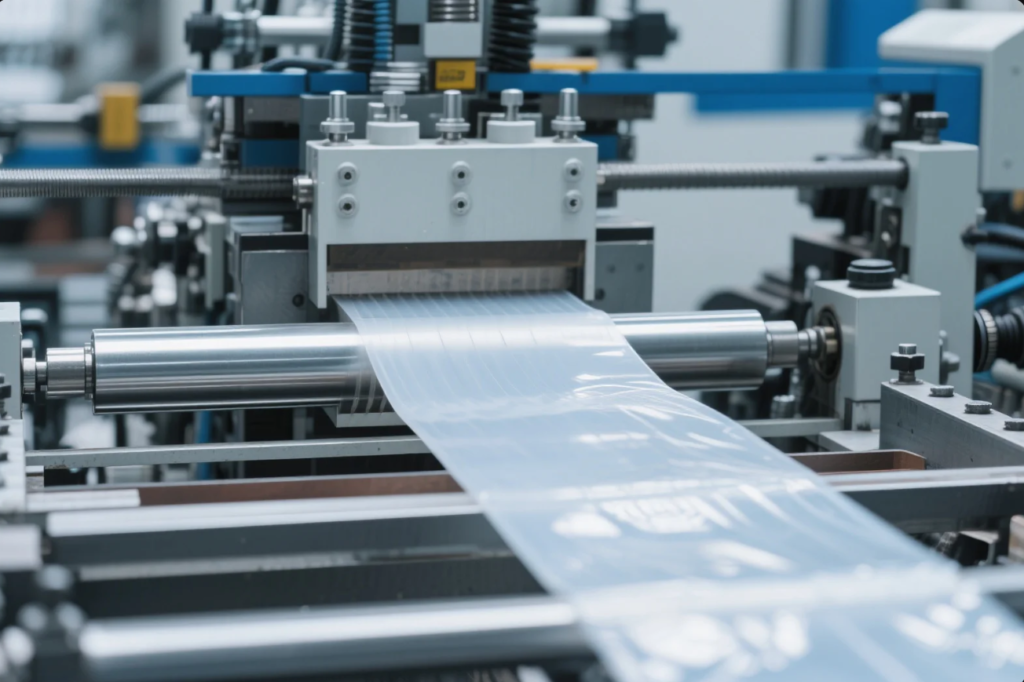
How the Procedure Works in Practice
The stamping process is linear, with minimal setup once dies are installed.
Main Features of the Plastic Stamping Procedure
- Press Type: Either mechanical (for speed) or hydraulic (for control)
- Die Set: Machined steel tools that define the part shape
- Material Handling: Often uses automated feeders for consistency
- Cycle Speed: Can reach 50–200 cycles per minute depending on thickness
- Output: Ideal for high-volume flat or mildly contoured plastic parts
I remember touring a factory in Ningbo where the client used older manual presses. They upgraded to semi-automatic systems and improved consistency by 40%. At Prime, our ten production lines include servo-controlled presses to support global orders.
What Is the Process of Hot Stamping Plastic?
Hot stamping can be confusing because it sounds like metal stamping, but it’s really a surface decoration technique.
Hot stamping uses heat and pressure to transfer metallic or pigmented foil onto a plastic surface. It’s commonly used for logos, patterns, or decorative finishes.
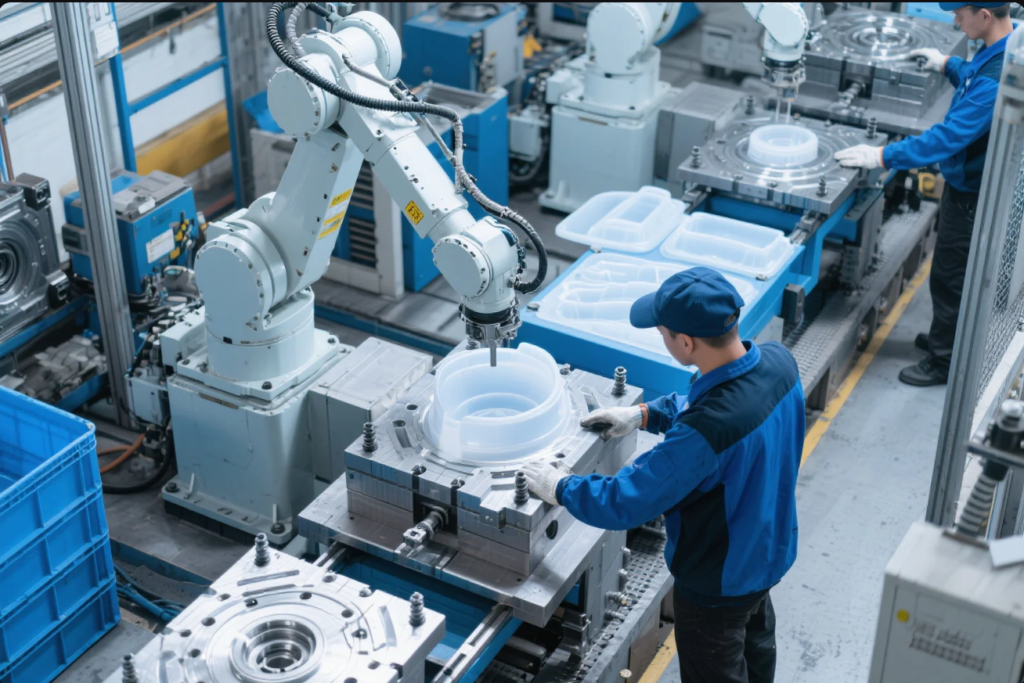
When and Why to Use Hot Stamping
Hot stamping offers premium aesthetics without inks or paints.
Steps in Hot Stamping Plastic
- Foil Selection: Choose color/finish (metallic, matte, holographic)
- Die Preparation: Engrave the desired graphic or logo
- Heating: Heat die to the required foil transfer temperature
- Alignment: Align part and foil with the press
- Stamping: Apply heat and pressure for 0.5–2 seconds
- Cooling & Peeling: Let the foil set before removing the carrier
Advantages of Hot Stamping
| — | ||||
|---|---|---|---|---|
| Clean process | No drying time, no solvents | |||
| High resolution | Crisp logos and fine text possible | |||
| Durability | Scratch-resistant and UV-stable | |||
| Versatility | Works on ABS, PC, PP, and coated metals |
We recently delivered branded control panels for a German client using hot stamping on flame-retardant ABS. The finish was sleek, consistent, and passed UV resistance tests.
How Does the Stamping Process Work?
For many buyers, the stamping process feels like a black box. Let\’s open it up and explain the logic behind each component.
The stamping process works by compressing a plastic sheet between a die and a punch to achieve the final shape. Key variables include material thickness, press force, and die clearance.
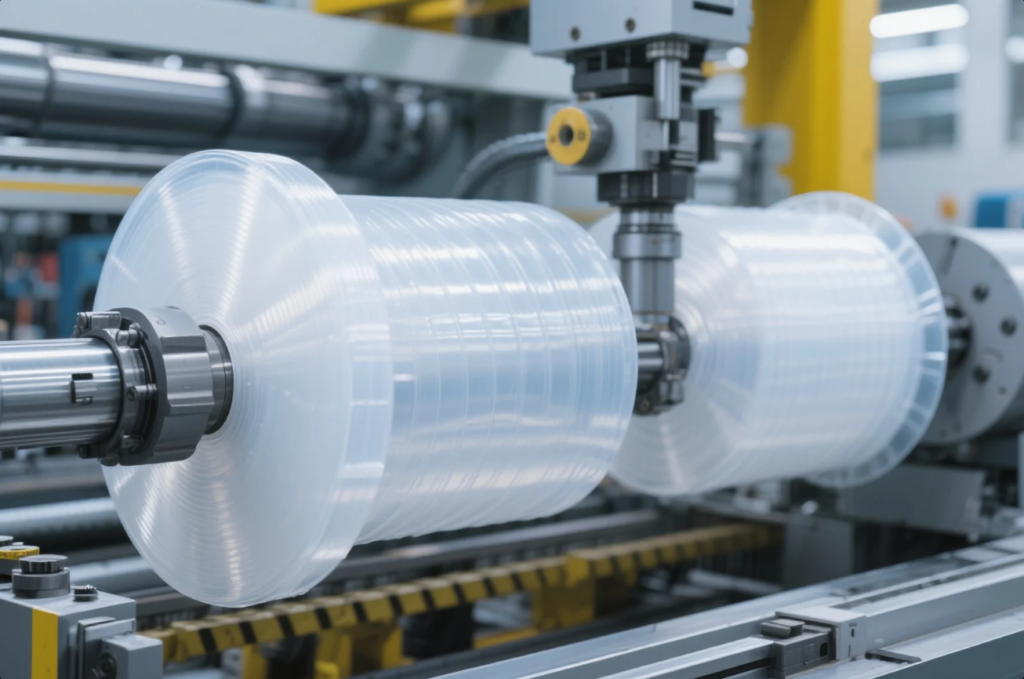
Behind the Scenes: Physics of Plastic Stamping
Understanding how plastic flows and behaves under pressure helps reduce defects.
Key Technical Concepts
- Plasticity: Thermoplastics soften under pressure or heat
- Elastic recovery: After stamping, parts may “spring back” slightly
- Clearance: Die and punch gap affects edge quality
- Temperature sensitivity: Some plastics become brittle if too cold
Comparison Table: Plastic vs Metal Stamping Dynamics
| — | ||||||
|---|---|---|---|---|---|---|
| Deformation Type | Elastic + plastic | Pure plastic deformation | ||||
| Required Force | Lower | Higher | ||||
| Tool Wear | Minimal | Significant | ||||
| Speed | Higher | Moderate | ||||
| Recyclability | Easier | Varies |
In our experience at Prime, stamping works best for plastic parts under 3mm thick. We help customers assess material behavior using CAD simulations and physical prototypes.
FAQs
Q: What types of plastic are suitable for stamping?A: Common materials include ABS, PET, PC, PP, and PVC. The choice depends on the required stiffness, finish, and temperature resistance.
Q: What’s the minimum thickness for plastic stamping?A: Thin films as low as 0.2 mm can be stamped. However, typical sheets range from 0.5 mm to 3 mm.
Q: Can stamped plastic parts replace injection molded ones?A: For flat parts, yes. Stamping is faster and more economical at high volume. For complex 3D shapes, molding is still preferred.
Q: Is hot stamping environmentally friendly?A: Yes. It’s solvent-free and produces minimal waste. Many foils are recyclable as well.
Q: How long does tool setup take for plastic stamping?A: For repeat orders, setup may take under 30 minutes. First-time dies require a few days of machining and testing.
Conclusion
Plastic stamping is a versatile, high-speed method for producing flat or semi-contoured plastic parts at scale. It enables tight tolerances, sharp cuts, and clean decoration. Whether you need gaskets, labels, electronics covers, or aesthetic logos, stamping offers efficiency and precision.
At Shandong Prime International Trade Co., Ltd., we support clients worldwide with ISO-certified plastic stamping and custom tooling services. With 10 production lines, multilingual support, and 20+ years of experience, we deliver quality parts—fast.
👉 Visit https://primecustomparts.com or email us at [email protected] for a free quote, expert advice, and customized solutions for your plastic part needs.

